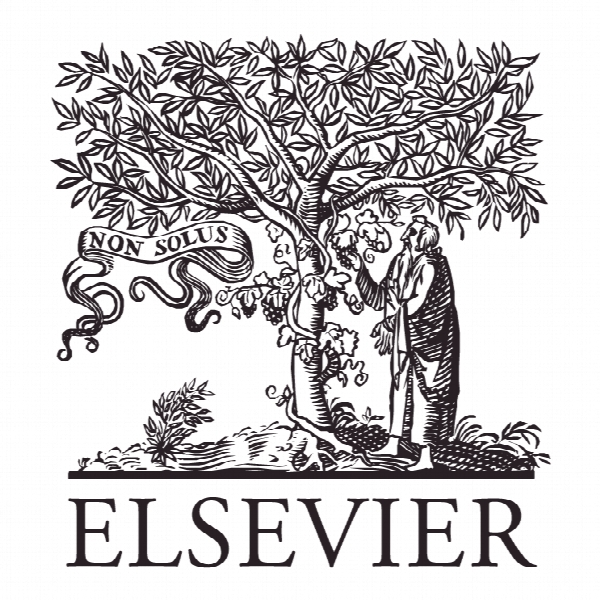مقررات استاندارد بین المللی در مورد سختی بتن مسلح و ساختمان دیوار برشی Assessment of international standard provisions on stiffness of reinforced concrete moment frame and shear wall buildings
- نوع فایل : کتاب
- زبان : انگلیسی
- ناشر : Elsevier
- چاپ و سال / کشور: 2018
توضیحات
رشته های مرتبط مهندسی عمران
گرایش های مرتبط سازه، مدیریت ساخت
مجله سازه های مهندسی – Engineering Structures
دانشگاه Samsung Economic Research Institute – Seoul – South Korea
منتشر شده در نشریه الزویر
کلمات کلیدی انگلیسی Concrete, Building, Stiffness, Full-scale, Shaking table, Moment frames, Shear walls
گرایش های مرتبط سازه، مدیریت ساخت
مجله سازه های مهندسی – Engineering Structures
دانشگاه Samsung Economic Research Institute – Seoul – South Korea
منتشر شده در نشریه الزویر
کلمات کلیدی انگلیسی Concrete, Building, Stiffness, Full-scale, Shaking table, Moment frames, Shear walls
Description
1. Introduction Structural analysis is an integral part of the design process and its accuracy is essential to achieving safe seismic designs. Particularly, structural stiffness plays a crucial role in determining the natural periods of structures, from which seismic demands ensue. Yet the numerous recommendations found in the literature and design standards around the world provide drastically different recommendations for evaluating the stiffness of structural members and systems. This is especially true for reinforced concrete structures, in which cracking in the concrete generates significant stiffness degradation even at relatively low deformation levels. Given the wide range of stiffness recommendations, it is no surprise that blind prediction contests result in predictions of structural strength and deformations that are several times higher or lower than experimental results [1,2]. At the heart of the issue is the complexity of the stiffness degradation of reinforced concrete members related to concrete cracking and the slip of longitudinal bars in foundations and joints [3,4]. Moreover, the vast majority of experimental tests, on which stiffness recommendations are based, were conducted pseudostatically on individual structural components. Limited data is available from dynamic tests and tests on complete structural systems, in which member interactions and boundary conditions affecting longitudinal bar-slip are realistically reproduced. A full-scale, four-story, reinforced concrete (RC) building was tested under multi-directional seismic excitations of increasing amplitude on the National Research Institute for Earth Science and Disaster Prevention (NIED)/E-Defense shaking table in Japan in December of 2010. A two-bay moment-frame system was adopted in the longer plan direction, and a pair of multi-story planar shear-walls were incorporated in the exterior frames in the shorter direction. The building was designed to the modern seismic design requirements of Japan and reflected closely the latest United States (U.S.) seismic provisions for regions of high seismic risk [5,6]. The test series is unique in that no other experiments in the literature involved a full-scale complete structural system of a building designed according to modern seismic design standards, and tested under multi-directional seismic motions, including vertical excitations. The stiffness provisions of U.S., Japanese, Canadian, New Zealand, and European standards were evaluated in light of experimental data.


